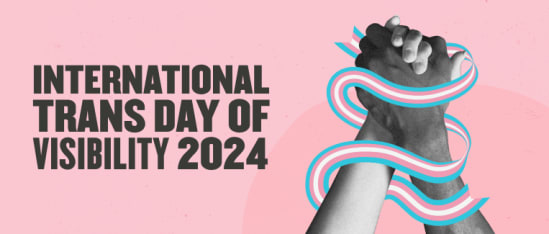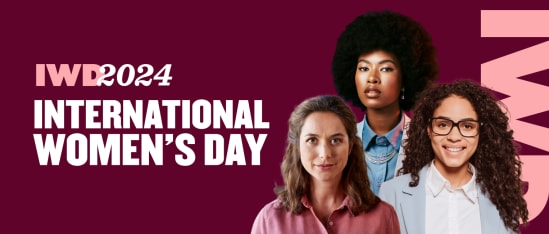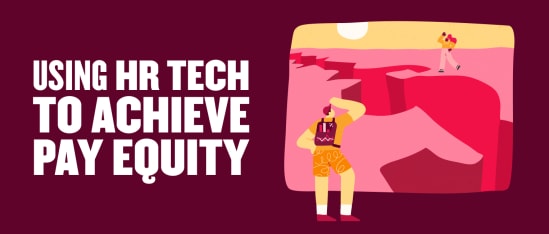Get your strategic hiring head on with Bob Hiring & Workforce Planning
What is the ultimate dream for more aligned and efficient processes? Connecting your workforce planning solution and hiring solution in one single platform.

HR professionals are now embracing a more strategic position within their companies, leveraging people data…

Gen Z has a bad rap. In fact, 40 percent of employers avoid hiring Gen…

As employers, we are responsible for being proactive and protecting our trans and non-binary team…

This blog will take a deep dive into the hand HR Ops and HRIS directors…

With the rise of AI, it’s important for all to bear in mind that customers…

The first thing HR leaders can do to give Gen Z managers a boost is…

Keeping promotions and talent in-house reduces the costs associated with recruiting and hiring talent externally.

HR leaders must make the case for learning and development programs, proving ROI and demonstrating…

This International Women's Day is the perfect time to reboot and re-assess our strategic approach…

Today, I’m excited to unveil the next chapter in our journey, including a brand new…

HR leaders have the power to clarify the difference between pay equity and transparency for…

Some benefits might look great on paper, but your people might not need or use…

Companies worldwide have made compensation discussions a top priority, due in part to a rising…

Bob makes managing Gen Z employees simpler. Totally customizable, it’s bursting with features and people…

These seven pivotal trends that are set to define influential HR practices in 2024.